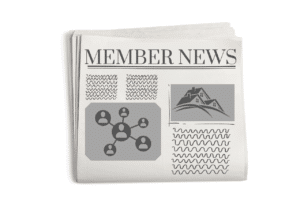The Minnesota Housing Finance Agency is considering future changes for its 2014 Qualified Allocation Plan. Minnesota Housing has published a memorandum to outline some of the considered changes in advance of the anticipated release of the draft 2014 QAP in January 2013. The agency will be carrying out a preliminary comment period on the initial proposed changes and will be accepting comments through October 31, 2012.
Many of the proposed changes address an initiative to include moderate- and low-cost thresholds in the QAP. Minnesota Housing proposed cost containment thresholds for the first time in the draft 2013 QAP, offering 5 points to projects whose total development costs were below the a given moderate-cost threshold and 10 points to those who met the given low-cost threshold. The cost thresholds were ultimately not included in the final 2013 QAP due to a number of comments from concerned partners and stakeholders, who believed there was not sufficient time to fully assess their implications. In the memorandum of proposed changes, the agency addresses specific comments received during the original proposal and includes a draft of its cost containment thresholds for the 2014 QAP.
Other proposed changes involve how Minnesota Housing hopes to address workforce housing in its future QAPs. The 2013 QAP provides points for projects in “top growth communities,” defined by both job growth and household growth. For the 2014 QAP, the agency wishes to base this point category on job growth only. This would place a new emphasis on workforce housing and investments in areas with a large number of jobs or job growth. In order to make this change, Minnesota Housing would use a more geographically specific jobs dataset and a revised methodology for defining “top job-growth communities” in the state. The memorandum details these proposed changes.
Click here to read the Memorandum of Possible Changes to the 2014 QAP.
All comments on the proposed changes may be submitted via email to mn.housing@state.mn.us. Comments with supporting data, research and analyses are considered most beneficial.


